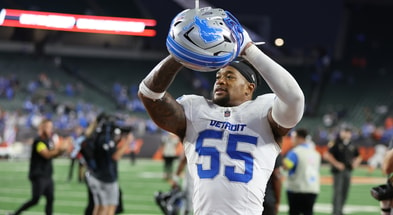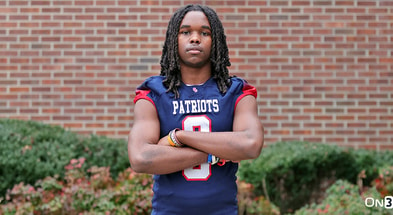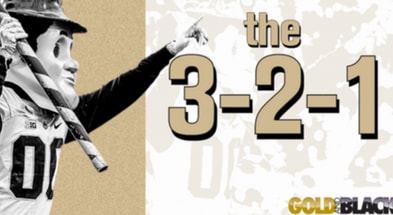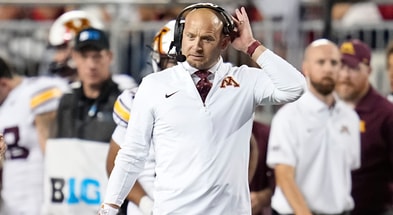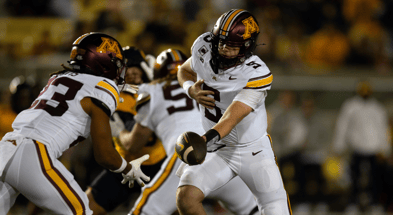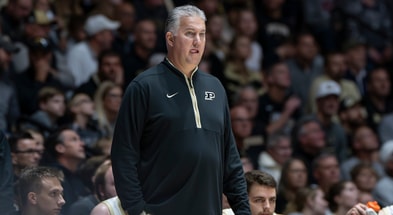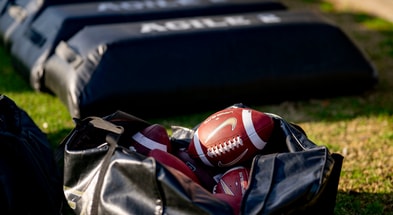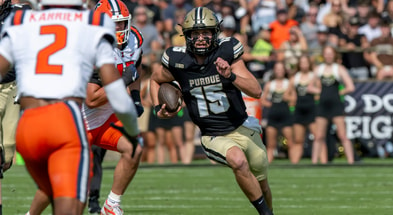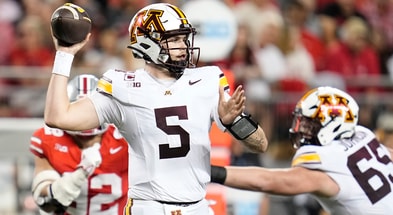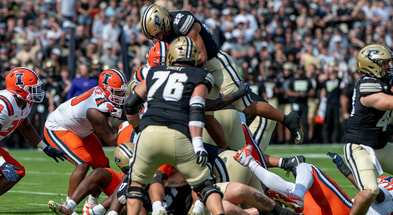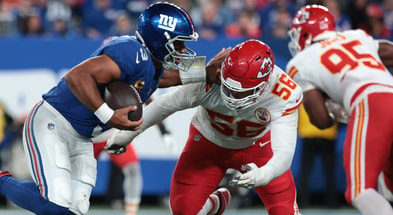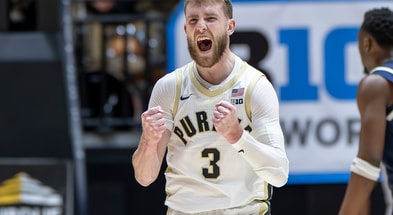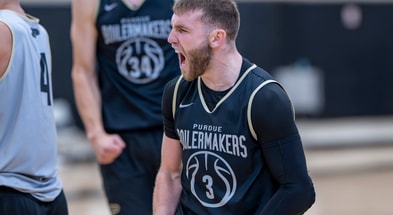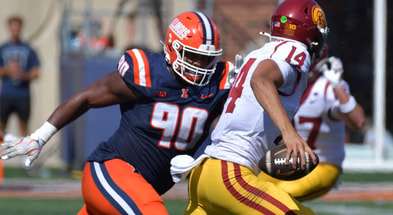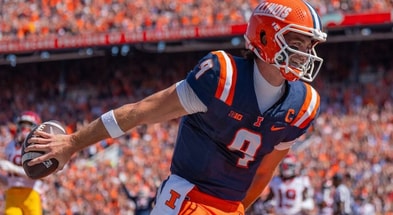Roundball Roundup
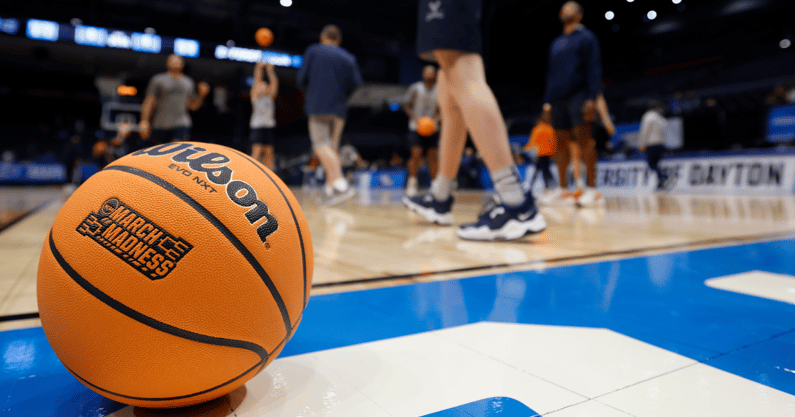
Purdue Roundball Roundup is a Boilermaker basketball-focused information and analysis clearinghouse/ thinkpiece posted periodically throughout the season, typically during breaks in the schedule.

INTERIOR EFFICIENCY MIGHT BE BACK
Dunks don’t count for any more points than layups, but missing them can hurt as much as making them can help. They’re demoralizing, not always rebound-able for the offense, no different from a turnover, really, and, well, kind of embarrassing.
And according to data from Synergy Sports, Purdue missed 20 percent of its dunks last season. It didn’t generate many opportunities, a symptom of its lack of size and inability to get in transition, but missing one out of every five dunks was obviously worthy of lament.
Now, a “dunk” attempt is labeled as such subjectively. Some of Purdue’s last season weren’t cleanly caught, some strongly contested. Some were probably uncalled fouls. Nevertheless, they were all opportunities right at the basket that led to nothing.
It didn’t stop the Boilermakers from still being one of the better offenses in college basketball, but its other limitations did amplify every missed opportunity and every time Purdue came up empty at or above the rim or botched a fast-break finish, it was the epitome of missed opportunity.
This all might turn 180 degrees now. Purdue should generate more dunks and, while this is a low bar, make them at a much higher rate. This isn’t going to be Zach Edey’s Purdue, but it isn’t going to be last year’s either.
Of the 16 dunks Purdue is “credited” by Synergy as having missed, six were attributed to departed senior Caleb Furst, who was never the most authoritative finisher at the basket and who did patrol a spot on the floor — the “dunker” spot — that can often get the ball when the post is doubled, as frequently happened to Trey Kaufman-Renn.
Purdue’s shot-chart splits between one side (Kaufman-Renn’s) and the other is a statistical bloodbath, highlighting a rim-finishing void opposite the Big Ten’s top post scorer.
Furst also would have been the “dive” man underneath Kaufman-Renn’s short-roll touches in the high post. It’s the dive man who’s sitting pretty when the roll man draws defenders, plural, away from the rim.
The departed senior had his limitations as a finisher, sure, but he just also wasn’t very big or strong, relative to Big Ten competition, and there’s nothing that could have been done about that. What was done to Purdue last season was what Purdue has been doing to most everybody else for a decade.
Now, the role is filled by real size in 6-foot-11, 260-pound 23-year-old Oscar Cluff and 7-4, 250-pound Daniel Jacobsen.
Cluff did not generate a ton of dunks last season at South Dakota State but was 12-of-15 on those opportunities and a 60-percent shooter on all varieties of field goal attempts at the rim.
Jacobsen shouldn’t be expected to be perfect finishing at the basket this season as he continues his physical development, but his towering presence will bring two things Purdue lacked last season back.
The flip-up dunk
Braden Smith is very good at these passes in traditional pick-and-roll, and though defenses will inevitably try to bump him off his route to the rim, Jacobsen’s tall, long and bouncy enough to get the ball at height no one else can.
But’s not just Smith who’ll be making that pass. He’ll probably see an assist or two per game move into Kaufman-Renn’s stat line as Kaufman-Renn will be passing more out of short rolls, his first read probably being Cluff or Jacobsen rotating to the iron. Purdue’s put real time in practices into Kaufman-Renn throwing that flip-up pass.
The lob
You know that play where Purdue’s 5 man moves up the lane as if to set a screen, then reverses course and cuts hard back to the basket for a long alley-oop pass? The pass Sasha Stefanovic and later Fletcher Loyer were so good at throwing to 7-footers? Well, Purdue can pose that threat again, specifically with Jacobsen.
Back to missed dunks: This bears mentioning, too …
Of Purdue’s other misses last season, Myles Colvin accounted for several and Camden Heide a few others, as their open-floor athleticism often tempted Smith to throw high-degree-of-difficulty passes in transition, looking for showtime-type plays. Colvin and Heide being gone might eliminate that risk. There’s no one on this roster now anyone should be throwing 50-foot lob passes to, not even close.
There’s no reason Purdue shouldn’t again be one of the best, most complete and most efficient offenses in college basketball, and it may start with it simply cashing in on more of its squandered productivity of last season.
OTHER AVENUES OF SCORING
This is still going to be Braden Smith and Trey Kaufman-Renn doing their thing as a tandem and creating shots for everybody else, but this might be a big season again for hidden productivity, for the garbage points that can be so crippling for defenses that already have so much else to worry about.
For a team that had the best point guard in college basketball, it was basketball tragedy for Purdue to generate so few fast breaks last season. That was just the collateral damage, though, of the Boilermakers’ defensive-rebounding albatross. You need the ball to get in transition and that was a nightly adventure Purdue had to overachieve to navigate.
Another point to consider: Depth. Specifically, a more viable “second” unit.
Last season, Kaufman-Renn foul trouble was toxic. Evidence is mostly anecdotal, but according to EvanMiya.com, his on-off offensive split was a staggering 12.8, meaning that Purdue was basically 13 points better per 100 possessions offensively and 6.7 points better overall with Kaufman-Renn on the floor than not.
Top 10
- 1New
John Mateer
New development on OU QB
- 2
UNC suspended coach
University releases statement
- 3
LSU jersey patches
Tigers have multimillion-dollar deal
- 4Hot
Ryan Clark
Issues apology for Lacy case
- 5
Mario Cristobal
Calls for change to Heisman
Get the Daily On3 Newsletter in your inbox every morning
By clicking "Subscribe to Newsletter", I agree to On3's Privacy Notice, Terms, and use of my personal information described therein.
You don’t really need numbers, though, if you saw the games, many of which included runs by the opponent that coincided closely with Kaufman-Renn being forced to the bench.
Now, and this remains mostly speculative until new players have a chance to prove themselves, there might be real assets to turn to as needed.
Cluff and Jacobsen can each play with their backs to the basket and presumably play in ball screens with Smith. Last year, when Kaufman-Renn was on the bench, Purdue didn’t really have anyone on its front line to throw the ball to. Cluff has a background as a team’s leading scorer; Jacobsen hasn’t had an opportunity to yet.
The reality is both will have to manufacture most of their touches by being active, but if Purdue wants to make efforts to involve them, they’re better equipped to carry some of that load that anything Purdue had last season.
Regardless of how much they actually score, their fingerprints should all over Purdue’s output offensively.
There’s no overstating the extent to which defensive rebounding was a problem for the Boilermakers last season. It may not be universally viewed this way but defensive rebounding is offense. Not only does the rebound start transition, but having to flail just to get defensive rebounds slows an offense down. Purdue wants easy baskets in transition. So does everybody else, but the Boilermakers have the pieces to be lethal. Outlet passing is going to be a big deal for Purdue’s bigs.
And offensive rebounding, obviously, has been a critical piece of some of Purdue’s best teams’ winning formula, but now, think about the psychological-warfare element to a team getting Purdue to miss, then them getting it right back for a putback or better yet, a three.
WHERE MIGHT PURDUE BE VULNERABLE
Contrary to popular belief, Purdue will lose games this season. That’s virtually certain. Doesn’t matter how good you are, especially in basketball. It may just not have it some nights. The other team might. Three-point shooting and officiating can either be your best friend or worst enemy on any given night.
But there are a few elements of the game that do bear monitoring that can hurt Purdue if they go sideways.
Turnovers
Same as it ever was. Purdue should be great offensively, but that just means that every turnover is real productivity squandered. And it will never be good enough defensively to play in scramble mode and spot the opponent points. This is nothing unique to this team.
Dribble containment
Yes, Purdue has size in the lane, but that size can’t rebound if it’s running around plugging breaches or encountering foul difficulties. A priority for the Boilermaker program all off-season — every off-season — is to by any means necessary stay out of defensive rotations, triggered by breakdows against the dribble.
Hubris
It wouldn’t be uncharacteristic of Purdue’s program to take anything for granted this season or phone any games in and it must be certain not to. Specifically, Purdue needs to avert casualness as much as possible. It’s too good to deviate from making easy, low-risk plays vs. high-degree-of-difficulty style-point plays.
The Painterism you’ll probably be hearing most this season: “Be simple.”
